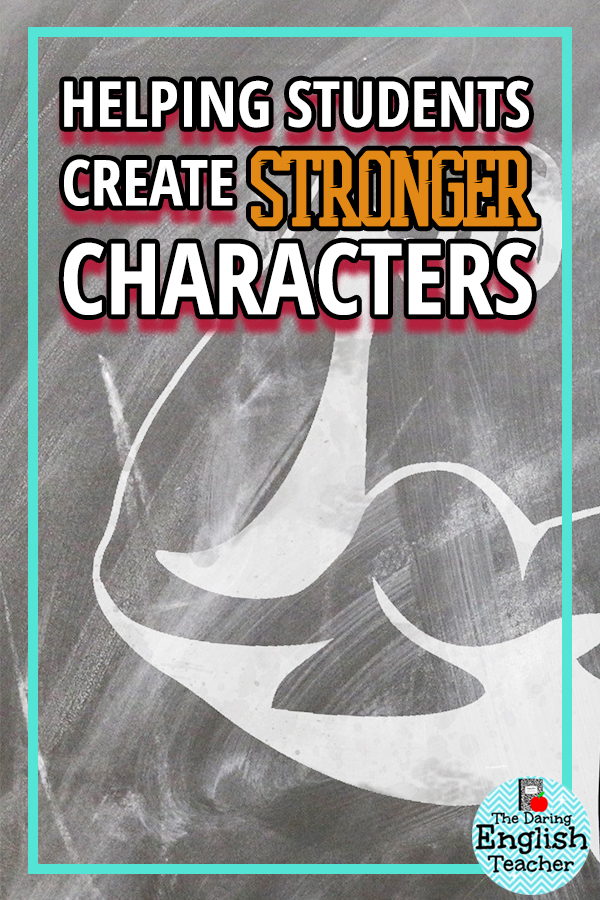
It’s a common problem among students, that when they start a fictional narrative, they tend to focus solely on their plot and develop their characters around that plot. This tends to cause their characters to be dull and 2-dimensional. Plot-driven stories are great and enjoyable, but if these stories cause a character who is characterized one way, to act another to advance the plot, it becomes weak.
One way to deal with this is to have students focus on making a single character and genuinely developing them, to the point that they know their whole life story. One way to do this is to have students create a sort of facebook profile for their character. They should know the age, birthday, how many friends they have, what kind of photos would you find them in, who their family is, what are the things their characters like and share, and their biggest pet peeves are?
If a student knows all these things about a character, they might have a better idea of their character will act in different situations. However, a way to get students to know how the character would truly act is to give your students different situations or scenarios and have the students tell and explain how their character would act and why. For example, if the character is a runaway and they get pulled over, they probably would fidget and act a little nervous, not smile and greet the officer with open arms.

A great story to teach with a creative writing unit is “A Rose for Emily” by William Faulkner. The story looks at an elderly woman and her history within a small Southern town. By examining this story and the protagonist, students can see how Miss Emily reacts and responds to different people, situations, and locations.
To analyze this in class, group students into small groups and have each group examine a different aspect of Miss Emily’s character. Each group should explain the what and when for a surface-level analysis, but then dig deeper to answer the how and why. By completing an exercise like this, students will gain a better idea of how to fully develop a protagonist for their next fictional narrative.

